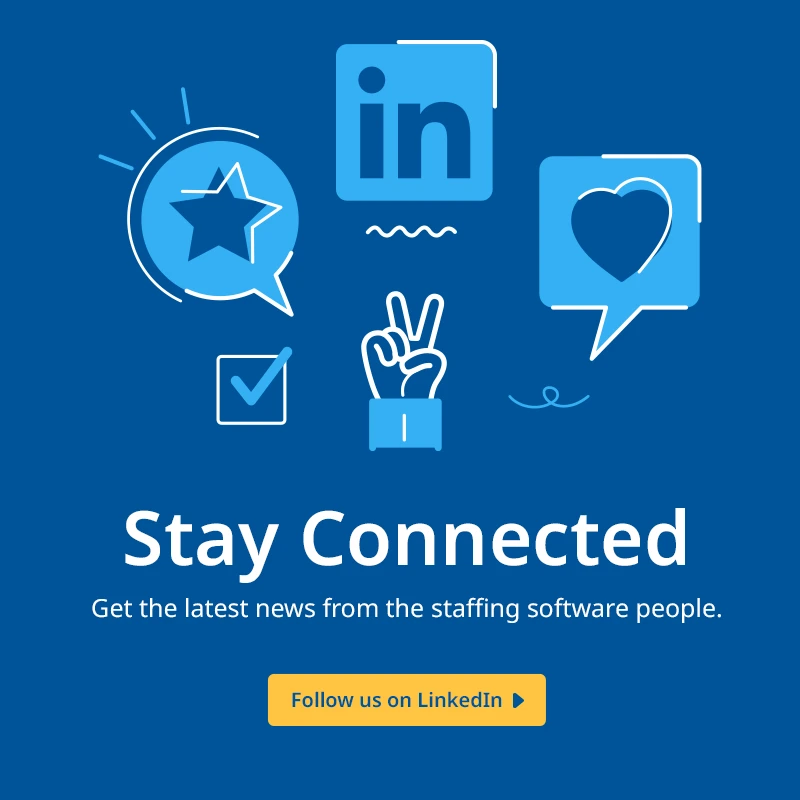Are you still relying on gut feelings and instincts when it comes to hiring? It’s time to upgrade your approach through the power of hiring metrics. In the fast-paced world of talent acquisition, understanding the importance of these metrics can be a game-changer for your recruitment strategy.
Before we delve into their importance, let’s define hiring metrics. Hiring metrics are quantifiable measures that provide insights into the efficiency and effectiveness of your recruitment process. These metrics cover various stages, from sourcing and screening to interviewing and onboarding. Examples include time-to-fill, cost-per-hire, and candidate satisfaction.
Understanding the Importance of Hiring Metrics
Leveraging hiring metrics in your organization can lead to great overall benefits to your business. Hiring metrics enable you to make informed choices by providing a comprehensive view of your recruitment pipeline. Imagine having the ability to identify bottlenecks, assess the success of your sourcing channels, and optimize your budget allocation—all backed by data. You will also enjoy these overall benefits:
Improving Time-to-Fill
One of the key benefits of hiring metrics is their impact on reducing time-to-fill. This metric measures the time it takes to fill a vacant position. By analyzing this data, you can pinpoint stages in the hiring process that may be causing delays. Whether it’s a sluggish screening process or a lengthy interview phase, identifying these bottlenecks allows you to streamline your workflow and expedite the hiring process.
Cost-per-Hire Efficiency
Cost is a critical factor in recruitment, and hiring metrics provide a clear understanding of your cost-per-hire. This metric takes into account the total cost of filling a position, including advertising, agency fees, and internal expenses. By optimizing your recruitment strategy based on cost-per-hire data, you can make budget-conscious decisions without compromising on the quality of hires.
Enhancing Candidate Quality
Beyond speed and cost, hiring metrics contribute to improving the overall quality of your hires. Metrics like candidate satisfaction and retention rates shed light on how well your recruitment process aligns with the expectations and needs of candidates. After all, attracting top talent is not just about filling a position quickly but also about securing the right fit for the long term.
Leveraging Hiring Metrics for Success
How can your business drive results from hiring metrics?
Customizing Your Metrics—Every organization is unique, and so are its hiring needs. Tailoring your metrics to align with your company’s goals is crucial. While industry-standard metrics provide a baseline, customizing them allows you to focus on the specific aspects of your recruitment process that matter most to your success.
Embracing Technology—The digital age has ushered in a plethora of tools and technologies designed to enhance recruitment processes. From applicant tracking systems (ATS) to data analytics platforms, leveraging technology can significantly amplify the impact of your hiring metrics. These tools not only automate manual tasks but also provide real-time insights for agile decision-making.
Creating a Culture of Continuous Improvement—Hiring metrics are not a one-time solution; they are a compass guiding you toward continuous improvement. Regularly reviewing and analyzing your metrics allows you to adapt to changing market conditions, candidate preferences, and industry trends. A culture of continuous improvement ensures that your talent acquisition strategies remain agile and effective in the ever-evolving landscape.
The Metric Advantage
From data-driven decision-making to optimizing costs and improving candidate quality, hiring metrics provide the key to unlocking insights that propel your organization forward. Embrace the power of hiring metrics, customize them to fit your needs, and watch as your talent acquisition process evolves into a strategic advantage.
FAQs
1. How do I determine which hiring metrics are most relevant to my organization?
Customization is key. Assess your organization’s goals and priorities, then tailor your metrics to align with these specific needs.
2. Can hiring metrics really improve candidate satisfaction?
Absolutely. Metrics like time-to-fill and communication effectiveness directly impact candidate satisfaction. By addressing these areas, you create a positive candidate experience.
3. Are there industry benchmarks for hiring metrics?
Yes, but remember that benchmarks vary by industry. While general benchmarks exist, it’s essential to focus on improving your own metrics based on your organization’s unique context.
4. Is investing in technology necessary for effective hiring metrics?
Technology can significantly enhance the impact of hiring metrics, but it’s not mandatory. Start with basic metrics and gradually incorporate technology as your organization grows.
5. How often should I review and update our hiring metrics?
Regular reviews are crucial for staying agile. Aim for quarterly assessments, but adjust the frequency based on changes in your organization’s size, goals, or market conditions.







